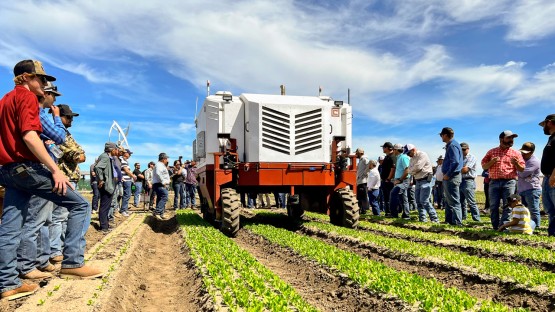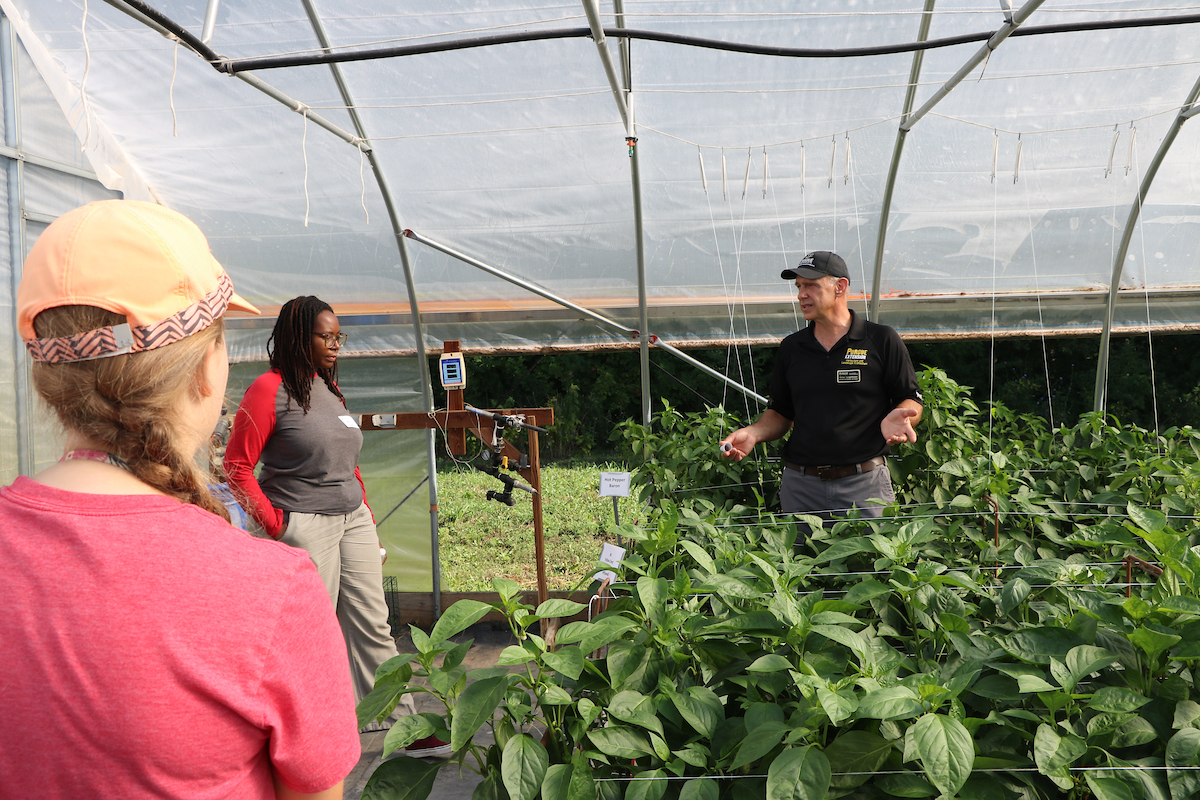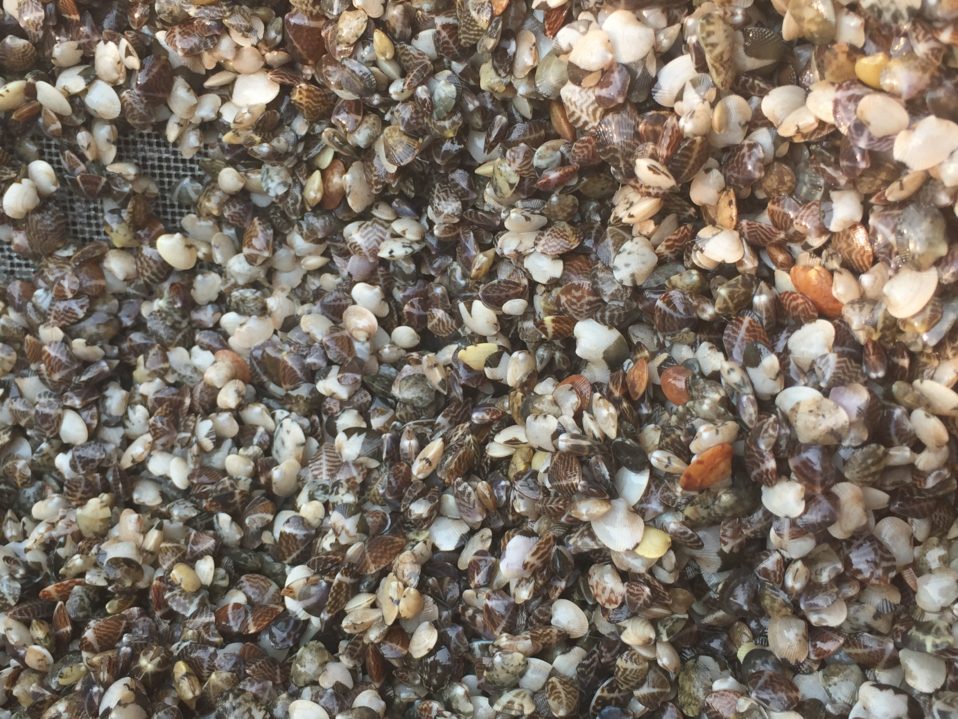Innovative Laser Weeding Technology Advances Sustainable Agriculture

Introduction to Laser Weeders and Sustainable Development Goals
Laser weeders represent a cutting-edge technology that aligns with multiple Sustainable Development Goals (SDGs), including SDG 2 (Zero Hunger), SDG 12 (Responsible Consumption and Production), and SDG 15 (Life on Land). These commercial machines utilize deep learning and laser technology to identify and eliminate weeds, reducing reliance on chemical herbicides and promoting sustainable farming practices.
Technology Overview
- Laser weeders are large-scale machines that traverse crop rows while capturing images.
- A deep learning computer program analyzes these images to differentiate weeds from crops.
- Lasers then target and destroy the weeds, with prioritization capabilities for smaller or hard-to-see weeds near crops.
Research and Regional Application
While primarily used on the West Coast, a recent study tested the effectiveness of laser weeders on the East Coast, where environmental conditions such as soil types, crops, rainfall patterns, and weed species differ significantly.
- The study was conducted on pea, beet, and spinach crops in New Jersey and New York.
- Four treatments were compared: untreated control, herbicide application, laser weeding alone, and a combination of lasers and herbicides.
- Parameters measured included crop emergence, growth, weed emergence, weed cover, density, and biomass.
Key Findings
- Laser weeders performed as effectively as common herbicides (S-metolachlor, bentazon, phenmedipham) in controlling annual weeds.
- They were particularly effective against lambsquarters and ragweed but less so against purslane and annual grasses due to differences in weed growth points.
- Laser weeding reduced weed cover by up to 45%, weed density by up to 66%, and total weed biomass by 97% compared to untreated plots.
- Crop stunting was minimal (<1%) with laser weeding, and crop biomass increased by up to 30% when replacing herbicides.
Economic and Environmental Implications
- Laser weeders, produced by Seattle-based Carbon Robotics, cost up to $1.5 million each, representing a significant capital investment for farmers.
- Despite the cost, laser weeders reduce the need for herbicides, which can be harmful to crops and the environment, supporting SDG 3 (Good Health and Well-being) and SDG 13 (Climate Action).
- They also reduce labor-intensive hand weeding, improving labor efficiency and supporting SDG 8 (Decent Work and Economic Growth).
- Currently, three onion farms in New York have adopted this technology.
Future Directions
- Optimize laser weeding effectiveness across diverse environments and weed species.
- Evaluate commercial units with enhanced laser capabilities and faster image processing.
- Continue assessing the technology’s role in promoting sustainable agriculture and meeting SDG targets.
Conclusion
The integration of laser weeding technology demonstrates a promising advancement toward sustainable agricultural practices. By effectively controlling weeds with minimal environmental impact, this innovation supports multiple Sustainable Development Goals, including food security, environmental protection, and economic sustainability. Ongoing research and technological improvements will further enhance its applicability and benefits for farmers worldwide.
1. Sustainable Development Goals (SDGs) Addressed or Connected to the Issues Highlighted in the Article
- SDG 2: Zero Hunger
- The article discusses innovative agricultural technology aimed at improving weed control in crop production, which can enhance crop yields and food security.
- SDG 12: Responsible Consumption and Production
- The use of laser weeders reduces reliance on chemical herbicides, promoting sustainable agricultural practices and reducing harmful chemical inputs.
- SDG 15: Life on Land
- By minimizing herbicide use, the technology helps protect terrestrial ecosystems and biodiversity by reducing chemical pollution.
- SDG 9: Industry, Innovation and Infrastructure
- The development and application of advanced laser weeding technology and deep learning programs represent innovation in agricultural infrastructure.
2. Specific Targets Under Those SDGs Identified Based on the Article’s Content
- SDG 2: Zero Hunger
- Target 2.3: By 2030, double the agricultural productivity and incomes of small-scale food producers through sustainable food production systems.
- Target 2.4: Ensure sustainable food production systems and implement resilient agricultural practices.
- SDG 12: Responsible Consumption and Production
- Target 12.4: Achieve environmentally sound management of chemicals and all wastes throughout their life cycle to minimize adverse impacts on human health and the environment.
- SDG 15: Life on Land
- Target 15.1: Ensure the conservation, restoration, and sustainable use of terrestrial and inland freshwater ecosystems and their services.
- SDG 9: Industry, Innovation and Infrastructure
- Target 9.5: Enhance scientific research, upgrade the technological capabilities of industrial sectors, including agriculture.
3. Indicators Mentioned or Implied in the Article to Measure Progress Towards the Identified Targets
- Weed Control Effectiveness
- Percentage reduction in weed cover (up to 45%)
- Reduction in weed density (number of weeds per square meter, up to 66%)
- Reduction in total weed biomass (up to 97%)
- Crop Health and Yield
- Crop emergence rates and growth development
- Crop biomass increase (up to 30%)
- Crop stunting percentage (less than 1% with laser weeding)
- Reduction in Chemical Herbicide Use
- Comparison of herbicide application versus laser weeding effectiveness
- Measurement of herbicide impact on crop emergence and stunting
- Technology Adoption and Investment
- Number of laser weeders sold (around 100 machines)
- Number of farms using laser weeders (e.g., three onion farms in New York)
4. Table: SDGs, Targets and Indicators
| SDGs | Targets | Indicators |
|---|---|---|
| SDG 2: Zero Hunger |
|
|
| SDG 12: Responsible Consumption and Production |
|
|
| SDG 15: Life on Land |
|
|
| SDG 9: Industry, Innovation and Infrastructure |
|
|
Source: news.cornell.edu







